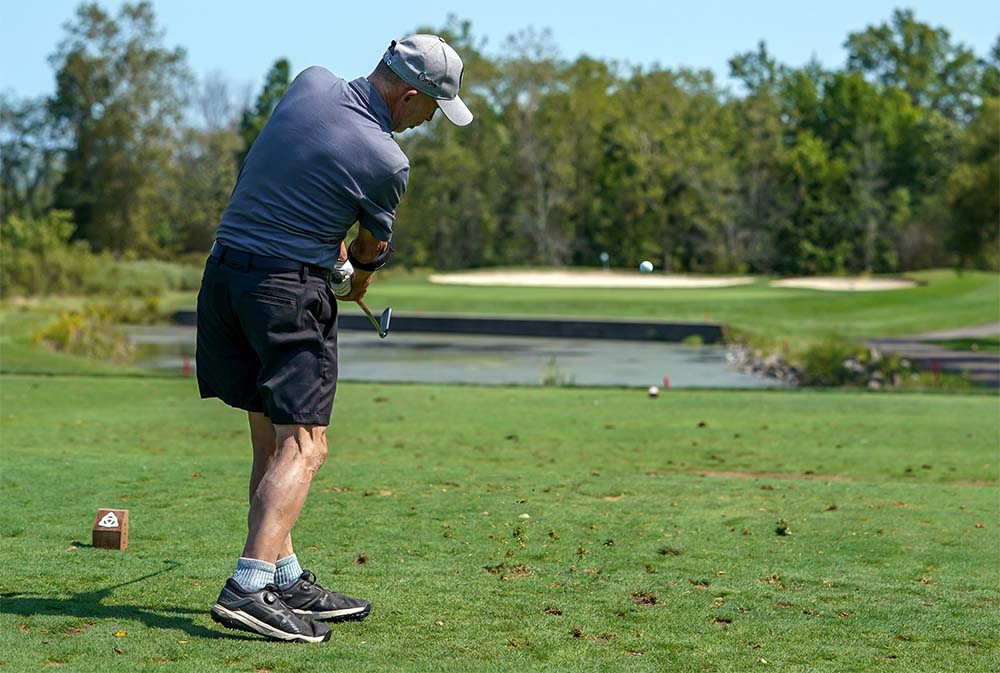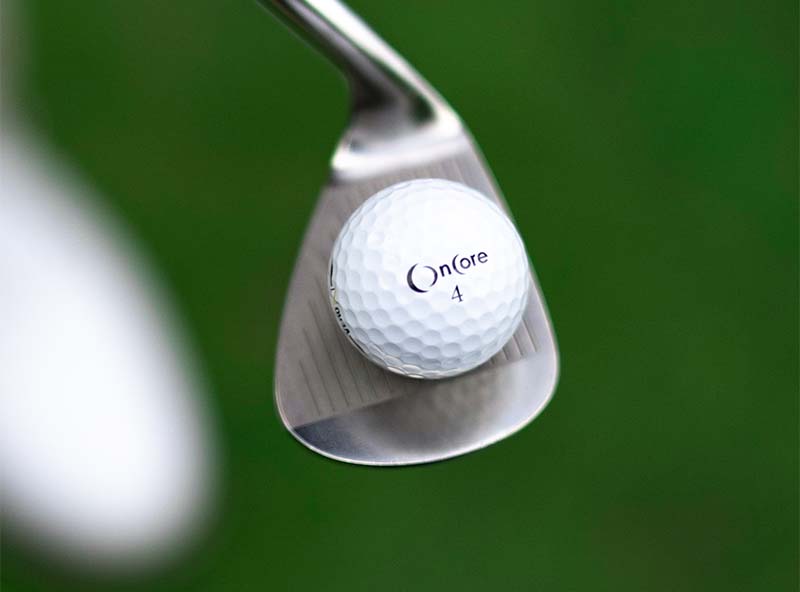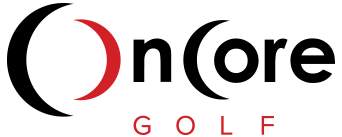
While golf continues its current arc of “getting younger,” the fact remains that 19% of all golfers are over 65 years old and nearly half are 50 and older (source: National Golf Foundation). In response to the game’s “silver” demographic, golf equipment manufacturers have made clubs geared toward these “senior” players with “whippier” shafts and forgiving, flexible clubheads.
But when it comes to choosing the right golf ball older golfers are repeatedly left scratching their collective heads (no hair jokes, please). But with a little self-evaluation and a few simple guidelines, finding the right ball for your game is easier than a two-foot putt. Here are three things to consider before you buy your next dozen.

1. What Kind of Senior Are You?
Phil Mickelson turns 52 in June and has played in a handful of events on the Champions (formerly Senior) Tour. By that definition, Mickelson (who hits “bombs” and “hellacious seeds”) is a senior. The minimum age to join the American Association of Retired Persons (AARP) is 50. Retirement age is 65 by IRS standards and those 65 and up have traditionally been referred to as “senior citizens.”
See where we are going with this? Senior is a loosely defined demographic term spanning 30 to 50 years. It’s become almost as generic as the word “kid.” And because of its nebulous nature, there are several variables to take into consideration, like swing speed, ball speed, driving distance, flexibility and mobility.
Generally speaking, older golfers have lower swing speeds and soft, low-compression two- or three-piece balls allow them to hit longer, straighter shorts while offering plenty of control around the greens. Our popular AVANT 55 fits this description to “tee” with its 55 compression and large, soft inner core.
However, a 50-years-young senior golfer who is in great shape with a driver swing speed approaching 100 mph is likely better off with a mid- to high-compression three or four-piece ball, like our ELIXR or VERO X1. Compression is a measurement of a golf ball’s core, the engine that makes it go. Mix a high-compression ball with a low swing speed and you’re sure to lose distance.

2. Where Do You Hang Your Golf Hat?
No matter which senior profile you fit into, where you play most of your golf rounds matters. Temperature has major impact on golf ball performance – check out our blog post on the pronounced effects of cold weather on distance. Altitude is also a key factor – for every 1,000 feet in elevation above sea level the ball flies 2% farther.
A 65-year-old golfer with a 75-mph swing speed living and playing golf in South Florida on moist, spongy Bermudagrass might be a better match for a mid-compression three-piece ball while that same senior residing in the Northeast, Mid-Atlantic or Midwest playing golf in the early spring and late fall could benefit from a super soft, two-piece ball.

3. Are you on a Fixed Income or Budget?
Golf can be an expensive game, and it just so happens that millions of Americans take it up during retirement when they are on a fixed income and are sticking to a strict monthly budget. Fortunately, low-compression, two-piece balls are typically quite affordable (AVANT 55 is $19.99 per dozen).
As a direct-to-consumer brand, OnCore offers customers the most technologically advanced golf balls on the market at a price to fit any budget. Moreover, the savings multiply with our three value-packed Loyalty Tiers. “Birdie” members receive a 10% discount on all future purchases when spending $250; “Eagle” members get 20% off when spending $500; and “Albatross” members enjoy a 25% savings when spending $1,000.
And with free shipping on orders over $100 and golf balls delivered right to your door, it’s affordable and convenient to keep your golf bag stocked with your ball of choice.






